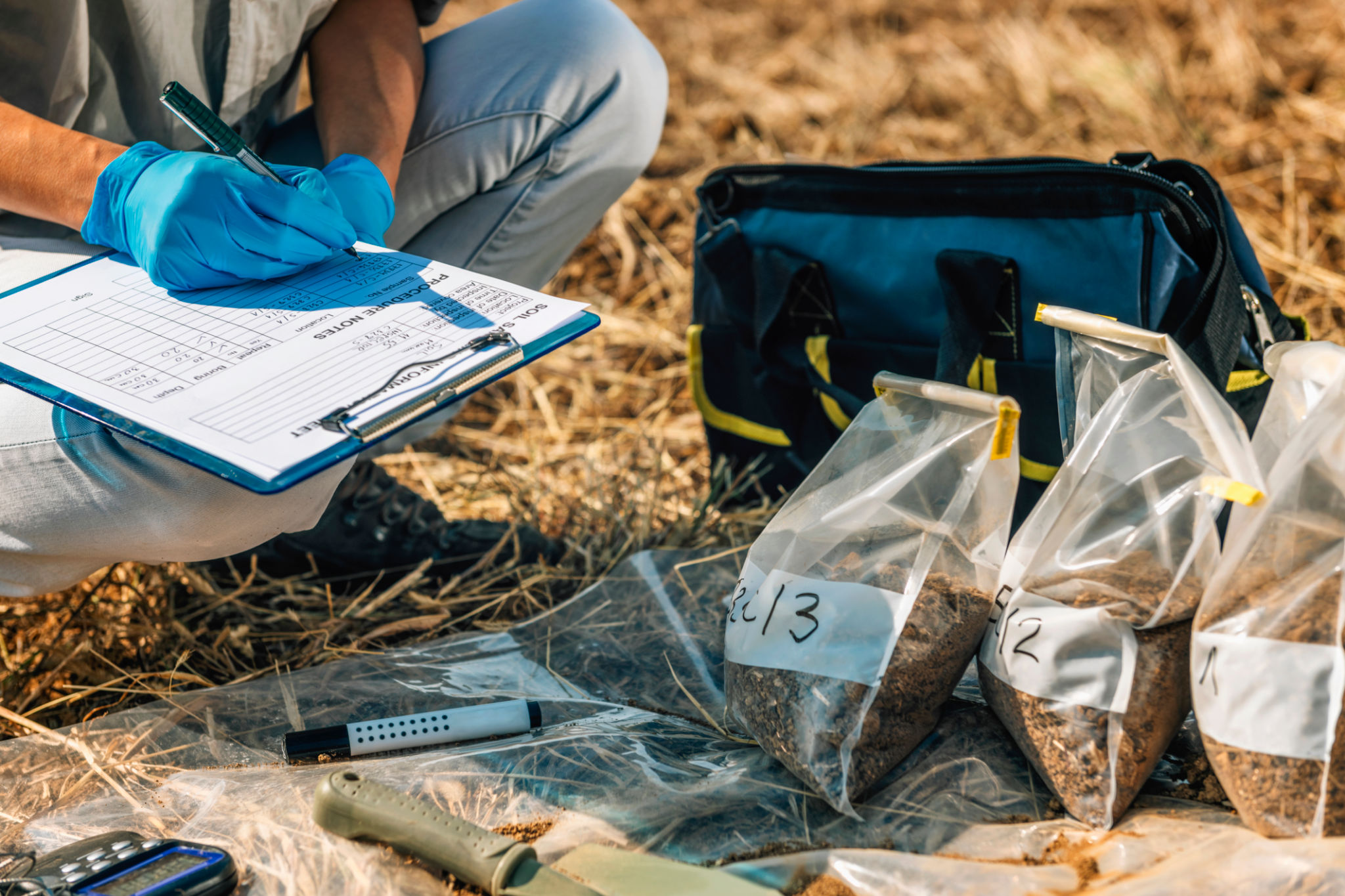Summer Landscaping Made Easy: Preparing Your Soil for the Season
Understanding Your Soil
Before diving into any landscaping project, it's crucial to understand the type of soil you're working with. Soil is the foundation of a healthy garden, and its quality can significantly affect plant growth. There are three primary soil types: sandy, clay, and loamy. Each has unique characteristics and requires different care. Conducting a soil test is the best way to determine your soil type and its nutrient composition.
Soil tests can be done using a home kit or by sending samples to a local agricultural extension service. These tests provide information on pH levels, nutrient deficiencies, and organic matter content. Knowing these details will guide you in selecting the right amendments to prepare your soil for summer landscaping.

Amending the Soil
Once you know your soil's composition, the next step is to amend it appropriately. Amending involves adding materials to improve soil structure and nutrient content. For sandy soils, adding organic matter such as compost can help retain moisture. Clay soils benefit from gypsum or coarse sand to improve drainage. Loamy soils typically require minimal amendments but can benefit from periodic additions of compost to maintain fertility.
In addition to physical amendments, consider adding fertilizers to supply essential nutrients. Choose a balanced fertilizer or one specifically designed for your plants' needs. Remember, over-fertilization can harm plants, so follow recommended application rates carefully.

Preparing the Site
With your soil amended, it’s time to prepare your landscaping site. Start by clearing away debris such as rocks, old mulch, and weeds. This step ensures that nothing obstructs plant growth or competes for nutrients and water. Weeding is particularly important, as weeds can quickly overtake a garden if not managed.
Next, till the soil to incorporate amendments and break up any compacted areas. Tilling also aerates the soil, promoting healthy root growth. However, avoid over-tilling, as this can damage soil structure and beneficial organisms.

Planning for Irrigation
Proper irrigation is critical during the hot summer months to maintain a lush landscape. Assess your garden's water needs based on plant types and layout. Consider installing a drip irrigation system or soaker hoses for efficient water delivery directly to the plant roots. These systems reduce water waste and minimize the risk of fungal diseases associated with overhead watering.
If using a sprinkler system, ensure it's adjusted correctly to prevent overwatering and runoff. Water early in the morning or late in the afternoon to reduce evaporation and maximize absorption.
Mulching for Moisture Retention
Mulching is an excellent way to retain moisture in the soil and suppress weed growth. Organic mulches such as shredded bark, straw, or wood chips decompose over time, adding nutrients back into the soil. Apply a layer of mulch around plants but avoid piling it against stems to prevent rot.
In addition to moisture retention, mulch provides an insulating layer that moderates soil temperature. This insulation protects plant roots from extreme heat and helps maintain a consistent growing environment throughout the summer.
